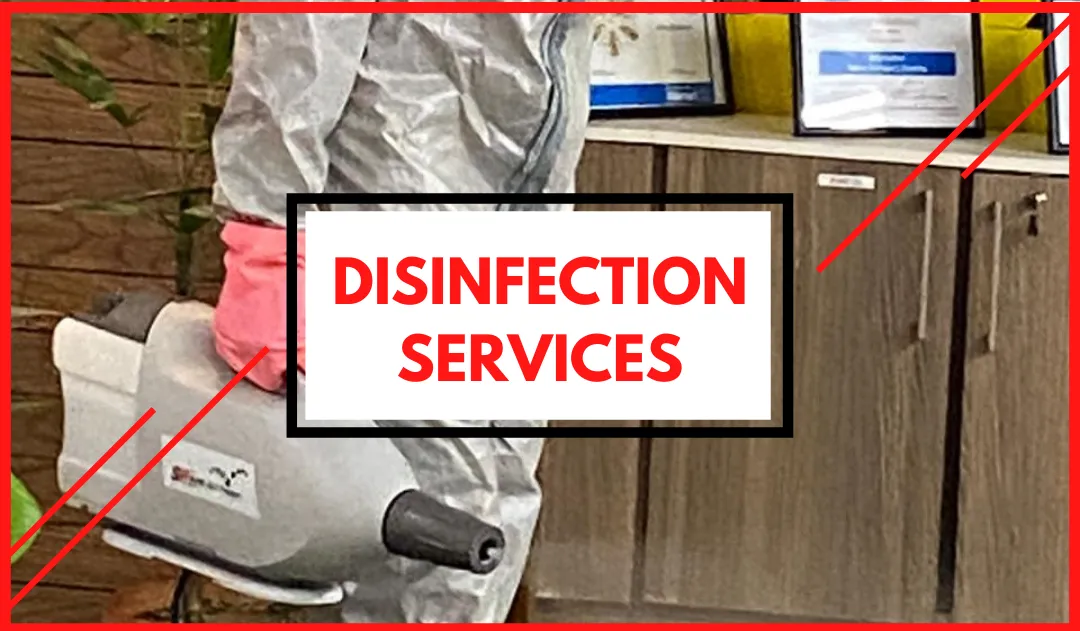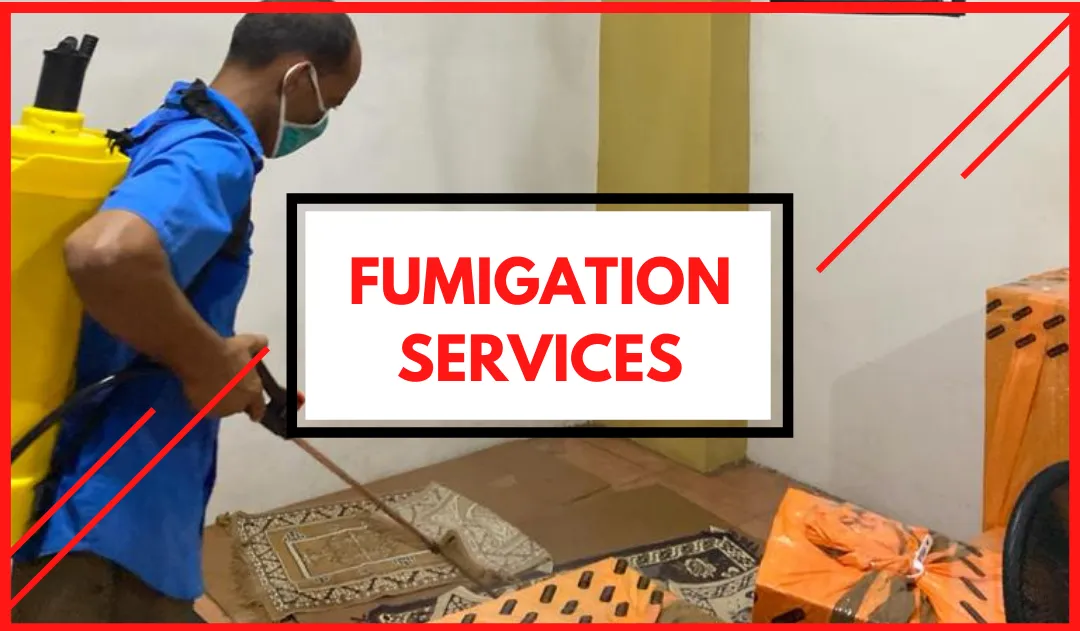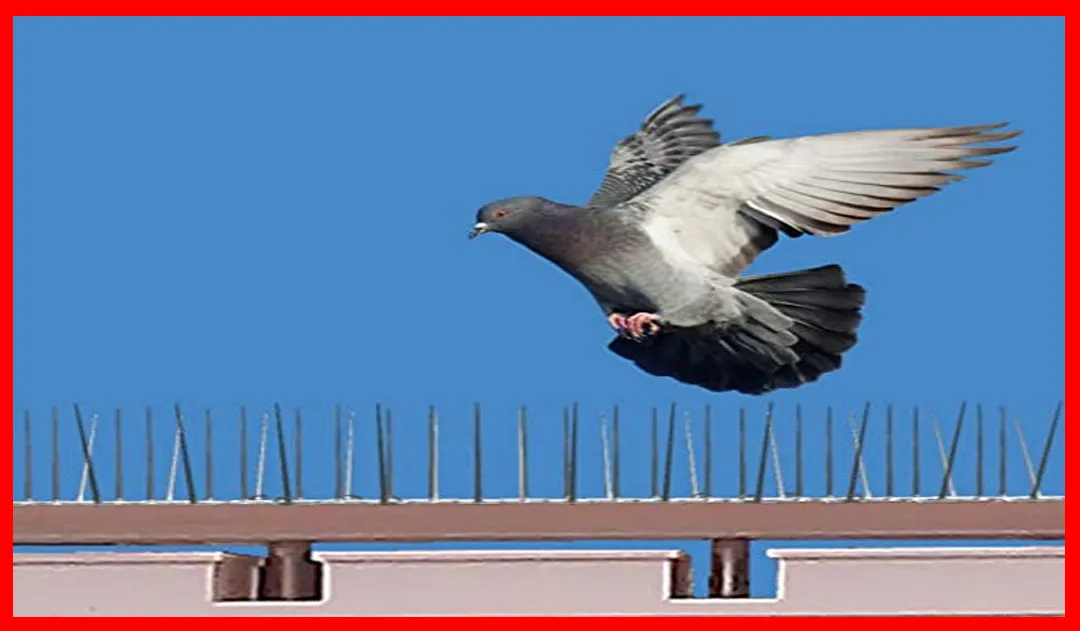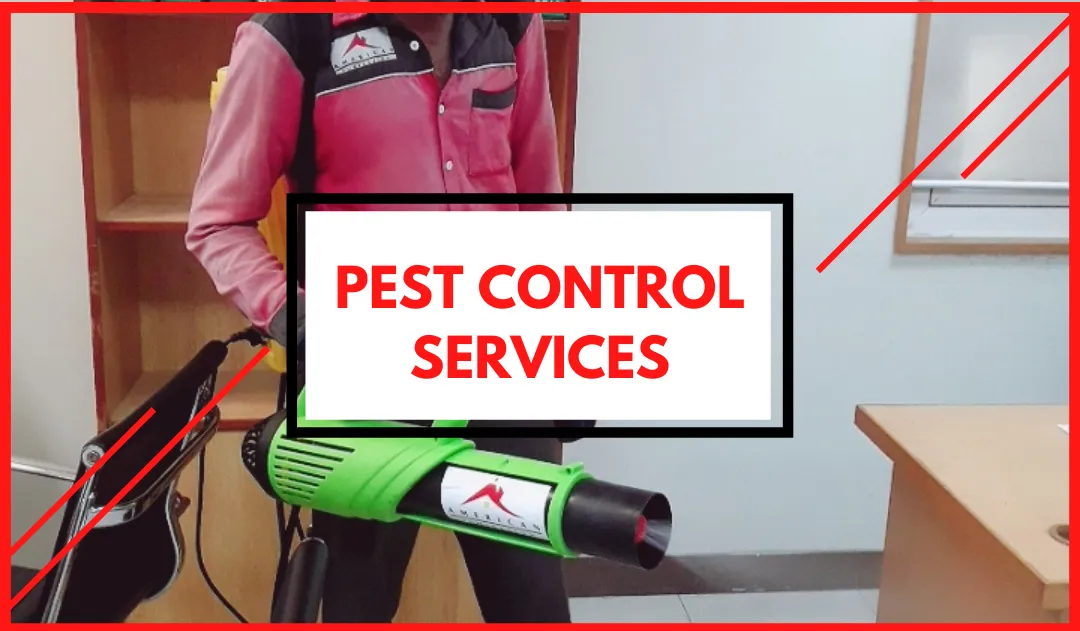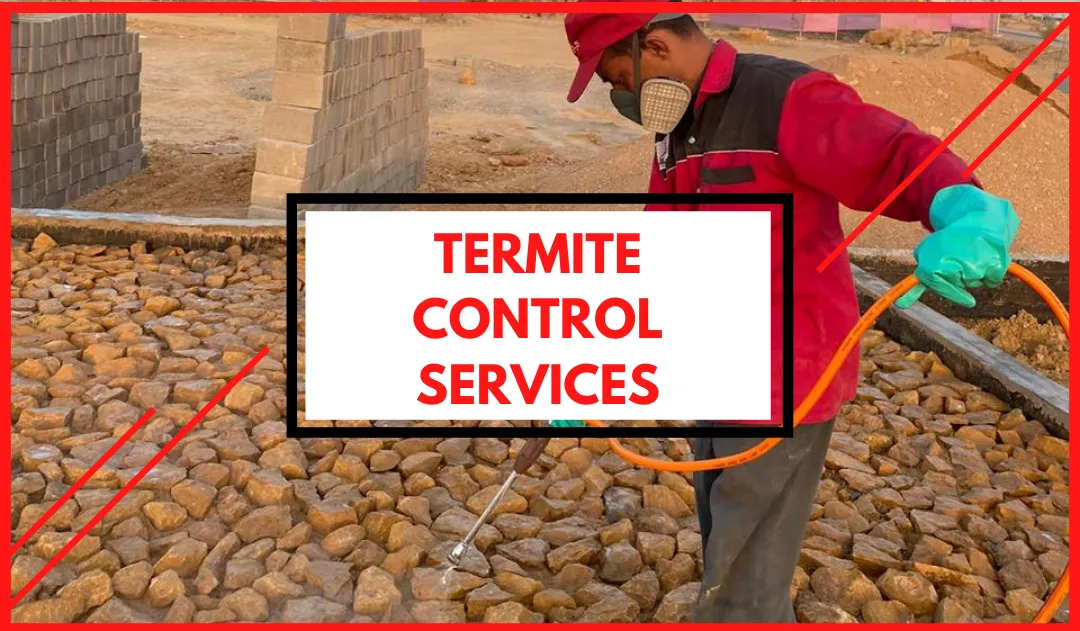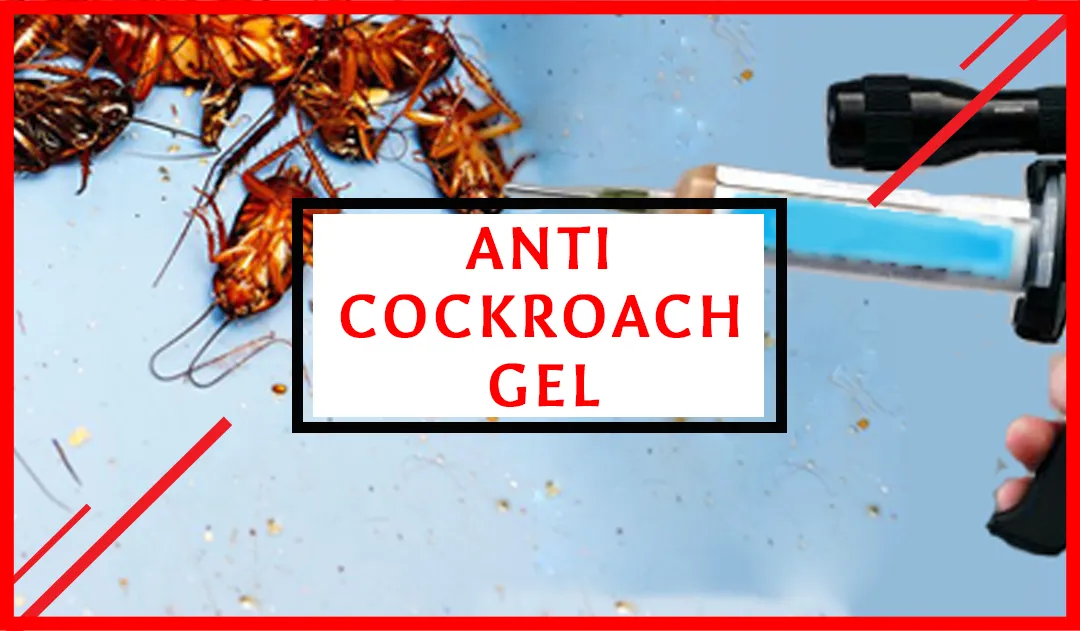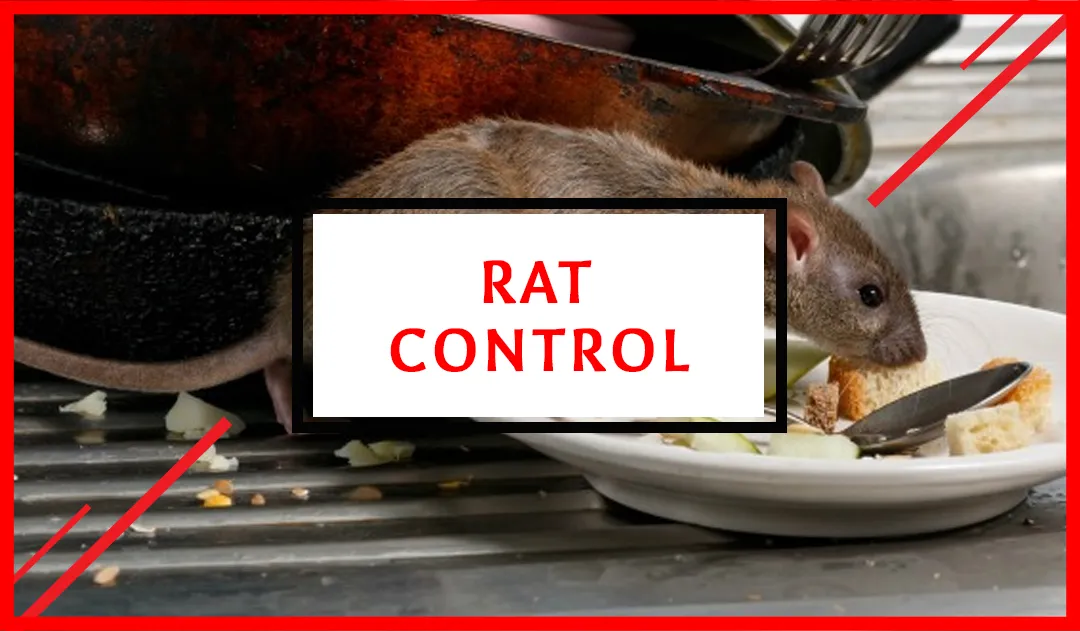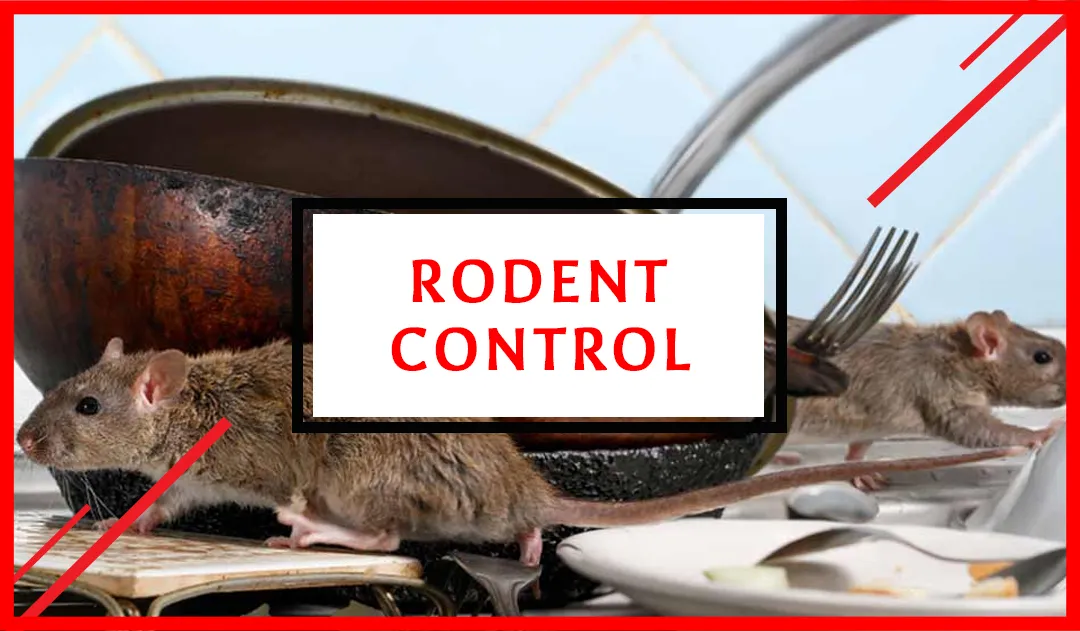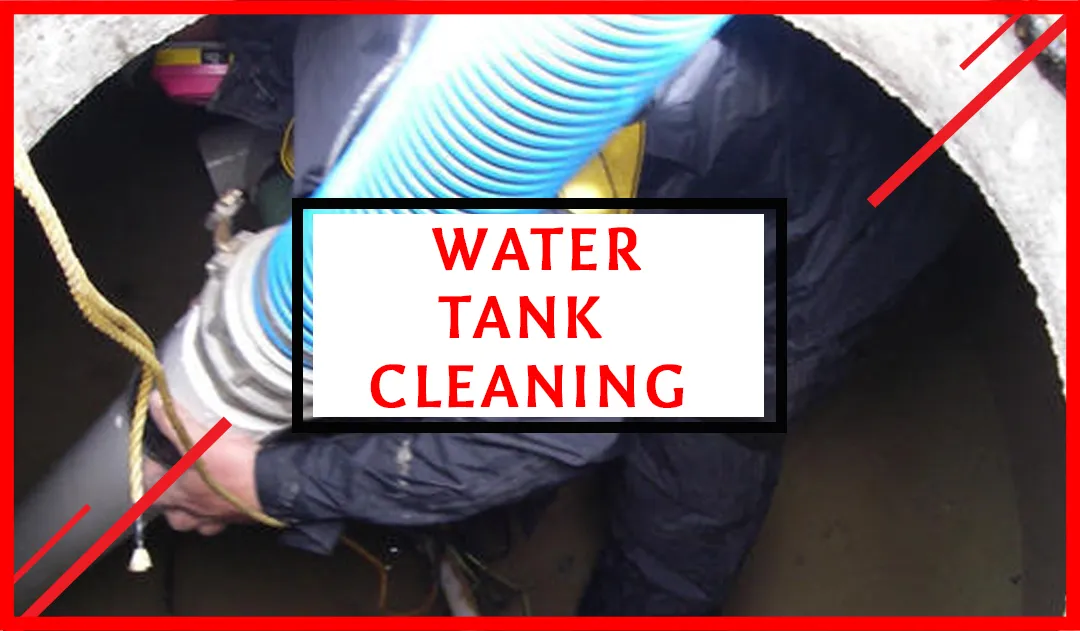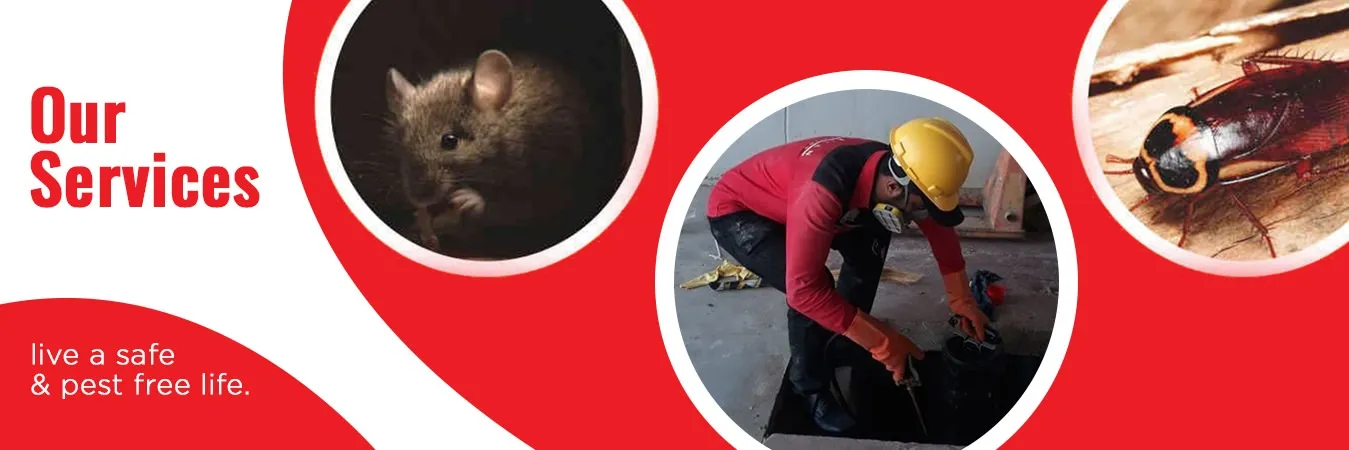
OVERVIEW
Integrated Pest Management
What Is Integrated Pest Management (IPM) and Why is it Important?
IPM i.e. Integrated Pest Management is an environmentally sustainable program where we eliminate pests through organic methods without using chemicals. This approach is idealistic for food and catering services to eliminate the presence of pests without the use of insecticides.
IPM uses a series of pest management evaluations, decisions, and controls. It is a four-tier process that sets an action threshold, monitors and identifies pests, uses prevention techniques, and controls the reemergence of pests!
Want to get rid of pests using IPM:
Integrated Pest Management, or IPM, is a process you can use to solve pest problems while minimizing risks to people and the environment. IPM can be used to manage all kinds of pests anywhere in urban, agricultural, and wildland or natural areas.
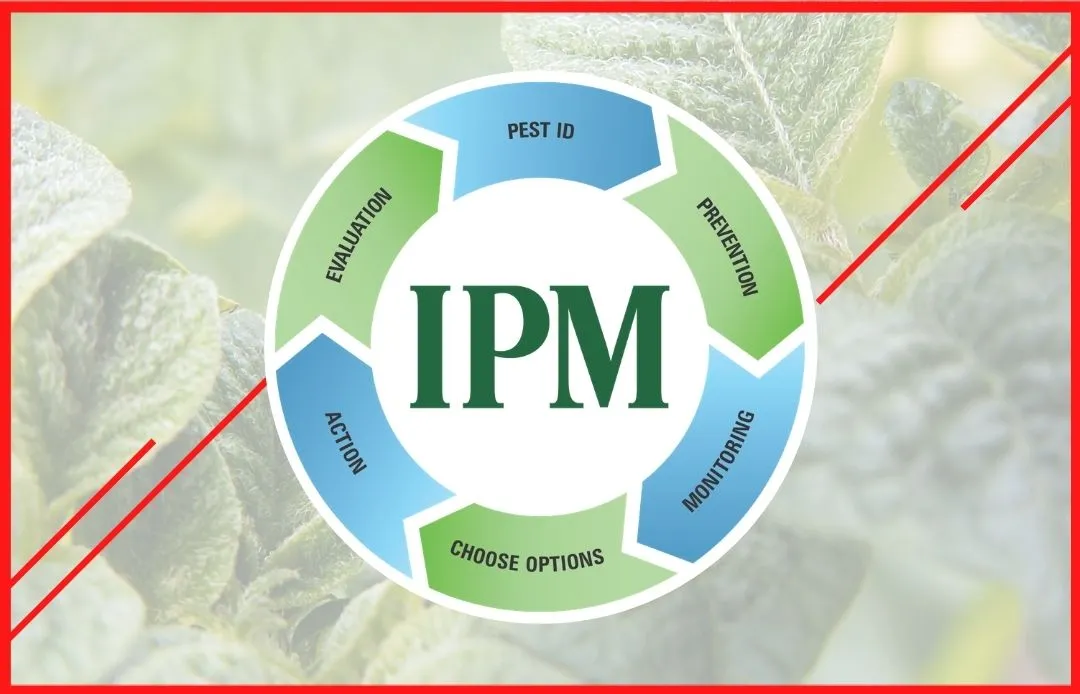
Definition of IPM
IPM is an ecosystem-based strategy that focuses on the long-term prevention of pests or their damage through a combination of techniques such as biological control, habitat manipulation, modification of cultural practices, and the use of resistant varieties. Pesticides are used only after monitoring indicates they are needed according to established guidelines, and treatments are made with the goal of removing only the target organism. Pest control materials are selected and applied in a manner that minimizes risks to human health, beneficial and non-target organisms, and the environment.
LONG TERM PLAN:
Even if you do everything right when building a healthy garden, pests inevitably show up. But managing your garden with a thoughtful, proactive approach helps prevent pests from doing serious damage. Integrated Pest Management (IPM) combines different types of controls from hands-on pest removal to traditional synthetic pesticides in a sensible, long-term plan. Designing your own program around proven IPM principles can help protect your garden and keep it healthy.
How Does IPM Work?
IPM focuses on the long-term prevention of pests or their damage by managing the ecosystem. With IPM, you take actions to keep pests from becoming a problem, such as by growing a healthy crop that can withstand pest attacks, using disease-resistant plants, or caulking cracks to keep insects or rodents from entering a building.
Rather than simply eliminating the pests you see right now, using IPM means you'll look at environmental factors that affect the pest and its ability to thrive. Armed with this information, you can create conditions that are unfavorable for the pest.
MANAGEMENT IN IPM:
In IPM, monitoring and correct pest identification help you decide whether management is needed:
- Monitoring means checking your field, landscape, forest, or building or other sites to identify which pests are present, how many there are, or what damage they've caused. Correctly identifying the pest is key to knowing whether a pest is likely to become a problem and determining the best management strategy.
- After monitoring and considering information about the pest, its biology, and environmental factors, you can decide whether the pest can be tolerated or whether it is a problem that warrants control. If control is needed, this information also helps you select the most effective management methods and the best time to use them.
IPM programs combine management approaches for greater effectiveness
The most effective, long-term way to manage pests is by using a combination of methods that work better together than separately.
IPM is not a single pest control method but, rather, a series of pest management evaluations, decisions, and controls. In practicing IPM, growers who are aware of the potential for pest infestation follow a four-tiered approach. The four steps include:
- Set Action Thresholds
Before taking any pest control action, IPM first sets an action threshold, a point at which pest populations or environmental conditions indicate that pest control action must be taken. Sighting a single pest doesn’t always mean control is needed. The level at which pests will either become an economic threat is critical to guide future pest control decisions.
- Monitor and Identify Pests
Not all insects, weeds, and other living organisms require control. Many organisms are innocuous, and some are even beneficial. IPM programs work to monitor for pests and identify them accurately so that appropriate control decisions can be made in conjunction with action thresholds. This monitoring and identification remove the possibility that pesticides will be used when they are not really needed or that the wrong kind of pesticide will be used.
- Prevention
As the first line of pest control, IPM programs work to manage the crop, lawn, or indoor space to prevent pests from becoming a threat. In an agricultural crop, this may mean using cultural methods, such as rotating between different crops, selecting pest-resistant varieties, and planting pest-free rootstock. These control methods can be very effective and cost-efficient and present little to no risk to people or the environment.
- Control
Once monitoring, identification, and action thresholds indicate that pest control is required, and preventive methods are no longer effective or available, IPM programs then evaluate the proper control method both for effectiveness and risk. Effective, less risky pest controls are chosen first, including highly targeted chemicals, such as pheromones to disrupt pest mating, or mechanical control, such as trapping or weeding. If further monitoring, identifications, and action thresholds indicate that less risky controls are not working, then additional pest control methods would be employed, such as targeted spraying of pesticides. Broadcast spraying of non-specific pesticides is a last resort.
Managing Garden Pests through IPM
IPM sees your garden and its pests as part of a larger ecosystem and manages both with the big picture in mind. By creating an environment that's inhospitable to pests, you can take away their advantage and give it to your plants.
Under IPM, a pest is any organism you don't want around. This not only includes harmful bugs but also weeds, disease-causing pathogens, and uninvited critters. Effective, Integrated Pest Management includes the following tasks:
- Identify good and bad bugs.
- Monitor pest activity regularly.
- Set thresholds for tolerable pest damage with limits!
- Establish a plan before pests cause concern.
- Take prompt, effective action when needed.
A solid IPM program wards off pests, but it has minimal impact on the environment and beneficial garden creatures such as birds, bees, and butterflies you want to stick around.
Balancing Pest Controls in Your Garden:
Four main categories of pest controls form IPM's foundation: cultural, biological, mechanical/physical, and pesticide controls. The four work hand in hand to provide targeted, effective, long-term pest management and each category plays a special role.
Biological control
Biological control is the use of natural enemies predators, parasites, pathogens, and competitors to control pests and their damage. Invertebrates, plant pathogens, nematodes, weeds, and vertebrates have many natural enemies.
All pests, from weeds and insects to diseases, have natural enemies. A balanced pest management program conserves, supports, and encourages those foes. Biological IPM controls include:
- Predator insects: Adult lady beetles and their larvae are voracious aphid-eaters. Green lacewing larvae feed on all kinds of pests, including mealybugs, whiteflies, mites, and thrips. These and other beneficial bugs are probably already in your garden.
- Parasitic insects: Parasitic wasps lay their eggs on and in their living targets. Eggs hatch, and then feed inside the pest. A mummified aphid with a round hole in its back is evidence that parasitic wasps have been at work.
- Biological pathogens: Bacillus thuringiensis, also known as Bt, is a soil-borne bacterium that fights mosquitoes and insects in the larval, caterpillar stage. This and other pathogens are effective biological pesticides for very specific pests.
Cultural controls
Cultural controls are practices that reduce pest establishment, reproduction, dispersal, and survival. For example, changing irrigation practices can reduce pest problems, since too much water can increase root disease and weeds. Cultural pest controls start with the decisions you make when choosing and caring for plants. Prevention is your first line of defense; healthy, nurtured plants resist pests and diseases better than weak, unhealthy plants. Cultural controls in good IPM programs include these simple recommendations:
- Choose plants suited to your area and its challenges. Arid, drought-prone regions, for example, call for water-wise plants with low moisture needs.
- Select disease- and pest-resistant plant varieties. Plants proven to withstand your region's most common pests hold up better under attack.
- Plant at appropriate times. In many regions, fall is prime planting time. Fall and winter planting allow roots to establish before the summer heat arrives. This is especially important in southern or western regions. In far northern climates, spring planting is often best for plants with less cold hardiness.
- Choose proper sites. Plants have more problems and fail to thrive in inappropriate conditions. For example, sun-loving plants are more vulnerable to pests and other problems when planted in shady areas, and vice versa.
- Maintain lawn and garden tools. Sharp mower blades and proper mowing heights lead to healthier lawns. Sharp, sterile pruners help prevent the spread of disease.
- Avoid overhead watering. Some leaf diseases, such as common garden fungal diseases or black spot on roses, spread with the help of water. Water the soil at the base of plants, instead of watering leaves.
- Water in the early morning. If leaves do get wet, they'll dry thoroughly before evening.
- Test your soil pH. A simple soil test reveals adjustments that can help your soil's structure and nutrients, so you can feed plants right.
Knowing what your plants need and providing all they require gives you the upper hand over pests. Simple, common-sense cultural controls are integral to good IPM.
Mechanical and physical controls
Mechanical and physical controls kill a pest directly, block pests out, or make the environment unsuitable for it. Traps for rodents are examples of mechanical control. Physical controls include mulches for weed management, steam sterilization of the soil for disease management, or barriers such as screens to keep birds or insects out.
Mechanical and physical IPM controls go directly after pests to capture or kill them and prevent them from reaching their destinations. IPM recommends proactive lawn and garden controls and actions, including:
- Use mulch in garden areas. Mulch prevents weeds and weed seeds from getting light and sprouting.
- Hoe or pull weeds before they establish roots. If weeds escape the hoe, mow or cut them before they set and drop their seeds.
- Place collars in the soil around susceptible vegetable stems. Simple barriers prevent hungry cutworms and other crawling pests from reaching their goal.
- Stretch netting over your favorite berry bushes. This stops marauding birds from settling in and helping themselves to your raspberry and blackberry harvest.
- Stop destructive rodents with mechanical traps. Easy-to-use products such as AMDRO Gopher Traps provide control for troublesome pocket gophers.
- Hand-pick pests off plants. This physical control puts an immediate end to pests' plant-damaging days.
Using mechanical and physical controls in concert with other IPM methods keeps many types of pest damage low.
Chemical control
Chemical control is the use of pesticides. In IPM, pesticides are used only when needed and in combination with other approaches for more effective, long-term control. Pesticides are selected and applied in a way that minimizes their possible harm to people, non-target organisms, and the environment. With IPM you'll use the most selective pesticide that will do the job and be the safest for other organisms and for air, soil, and water quality; use pesticides in bait stations rather than sprays; or spot-spray a few weeds instead of an entire area. An effective IPM program includes pesticides for prevention and active treatment. Pesticides pack necessary and powerful punches, especially when other IPM controls fall short. Invasive Japanese beetles, for example, devastate gardens and skeletonize leaves and blossoms. In Japan, the beetle's natural enemies control it, but its native predators don't exist in the United States. Pesticides help fill that gap.
IPM-appropriate pesticides include the following types:
- Traditional or synthetic pesticides: IPM programs include pesticides manufactured from synthetic ingredients. These include products such as branded insecticides, trusted by gardeners for more than 50 years. Sevin insect Killer, available in ready-to-use, ready-to-spray, concentrate, and granular forms and Sevin-5 Ready-To-Use Dust are effective on ornamental and edible gardens, lawns, and home perimeters to kill Japanese beetles and a broad spectrum of other insect pests as part of a successful IPM
- Natural or non-synthetic pesticides: Botanical-based pesticides fall into this IPM Based on extracts from different types of plants, these natural insecticides include products such as neem oil, based on extracts from the neem tree, or pyrethrins extracted from special chrysanthemum blossoms. Pesticides in this category may or may not be organic. They also require the same types of safety precautions as synthetic pesticides.
- Preventive pesticides: IPM incorporates traditional fungicides to help treat fungal disease and prevent it from spreading. The University of California Statewide Integrated Pest Management Program recommends chlorothalonil-based products, such as GardenTech Daconil Fungicide, to protect healthy plants and prevent botrytis blight and black spot in roses.1
By establishing a personalized Integrated Pest Management Program for your garden, you can take action with the right controls when pests show up, and then rest easy. With IPM principles in mind and American Fumigation brands as your partners, you can build a healthy, harmonious garden.
How do you know if the food you buy is grown using IPM?
In most cases, food grown using IPM practices is not identified in the marketplace like organic food. There is no national certification for growers using IPM, as the United States Department of Agriculture has developed for organic foods. Since IPM is a complex pest control process, not merely a series of practices, it is impossible to use one IPM definition for all foods and all areas of the country. Many individual commodity growers, for such crops as potatoes and strawberries, are working to define what IPM means for their crop and region, and IPM-labeled foods are available in limited areas. With definitions, growers could begin to market more of their products as IPM-Grown, giving consumers another choice in their food purchases.
If I grow my own fruits and vegetables, can I practice IPM in my garden?
Yes, the same principles used by large farms can be applied to your own garden by following the four-tiered approach outlined above. For more specific information on practicing IPM in your garden, you can contact your state Extension Services for the services of a Master Gardener.
IPM CAN’T BE NEGLECTED:
IPM is thus an important part of Integrated Plant Production Management (IPPM) and sustainable crop production intensification. By enhancing the ecosystem function, by making the agricultural ecosystem healthier, more ecosystem services are provided: in this case, pest control.

